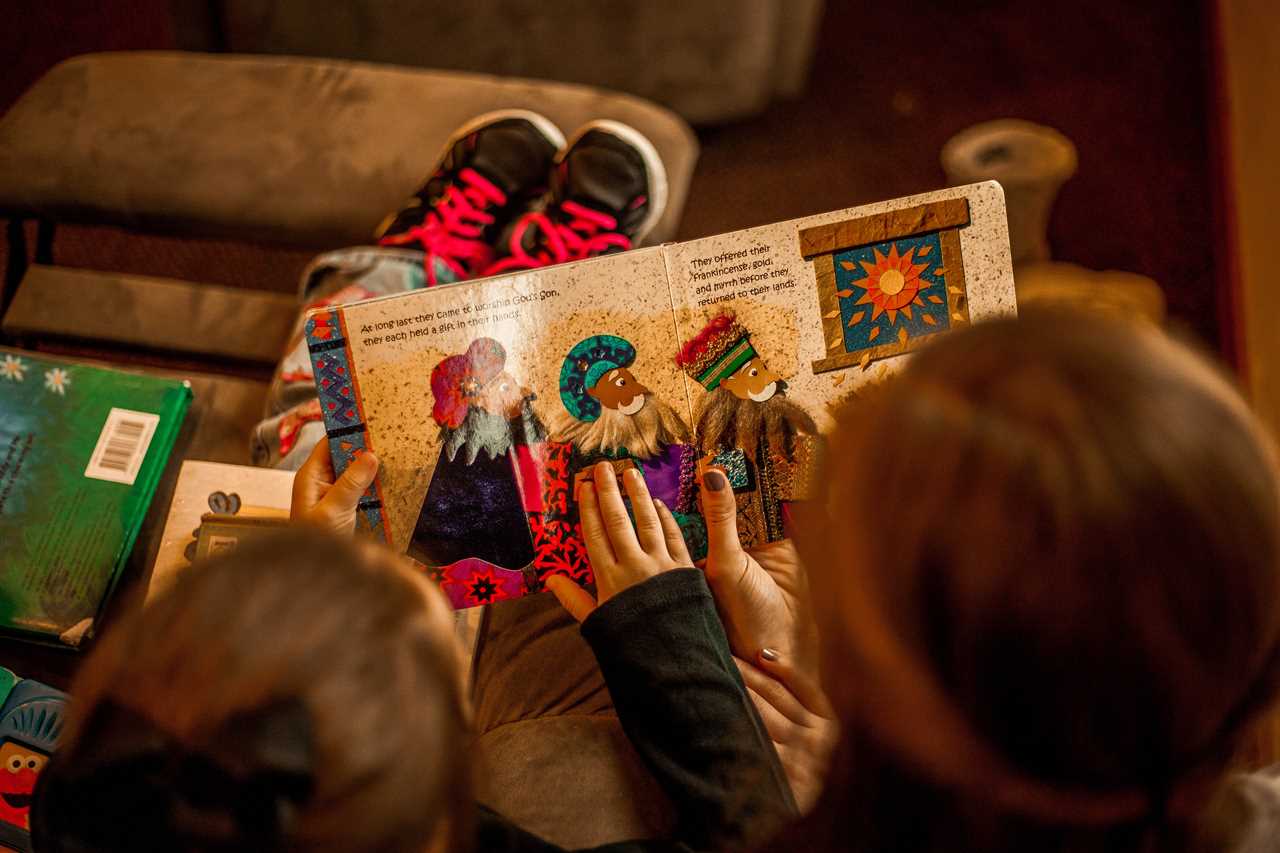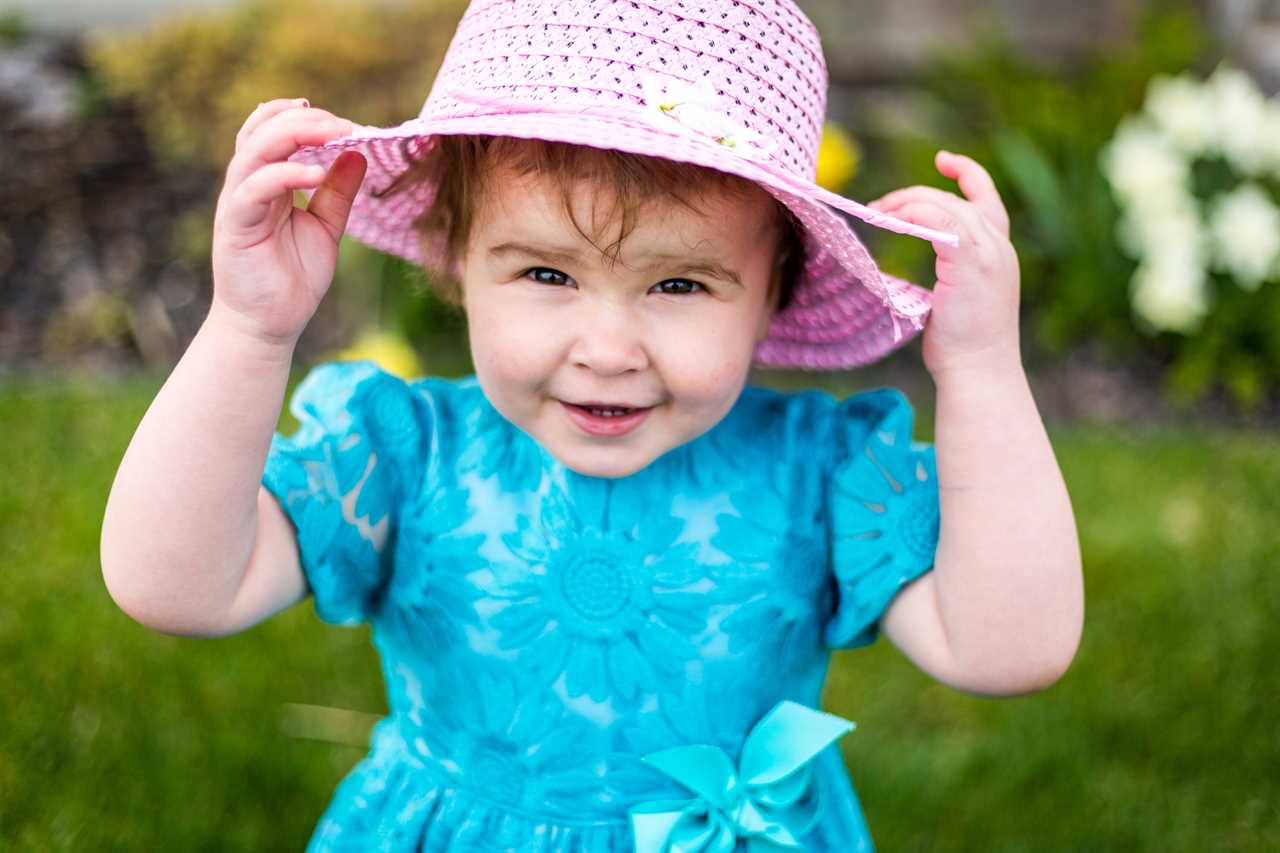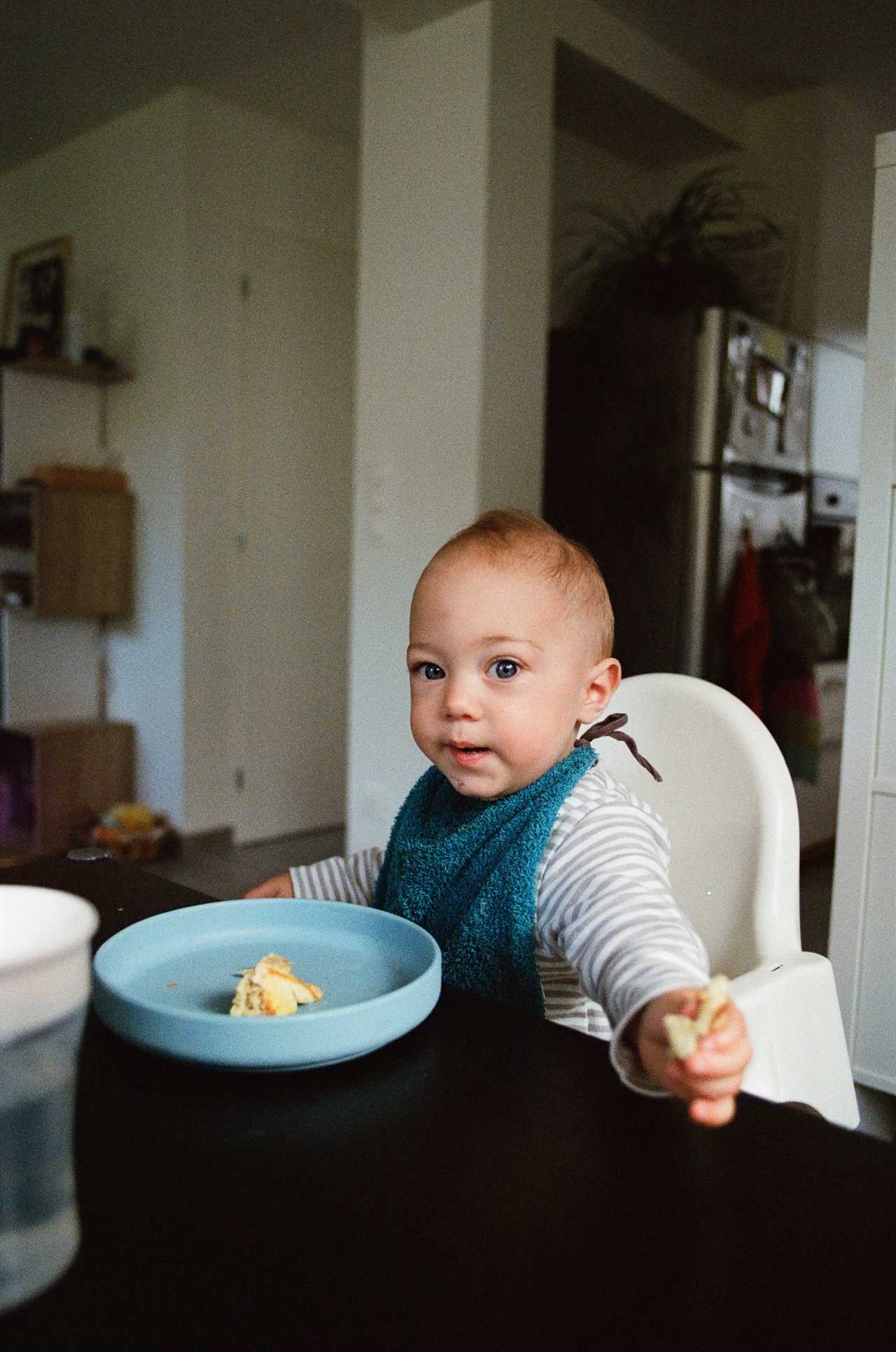Diverse toys have the power to shape a child’s self-identity, foster empathy, and drive social change. When children see themselves reflected in toys, it positively influences their self-esteem and validates their experiences. Conversely, negative portrayals can lead to low self-esteem for minority groups.
Additionally, diverse toys teach children about other cultures, promote acceptance of different appearances, and reduce discrimination. They also foster open-mindedness, empathy, and a holistic understanding of the world.
By challenging stereotypes and promoting equality, diverse toys have the potential to shape a child’s worldview and influence social norms and values.
Key Takeaways
- Representation and self-identity: Diverse toys that reflect children’s culture and traditions can boost their self-esteem and encourage them to aspire to greatness.
- Cultural awareness and understanding: Diverse toys teach children about other cultures, promote acceptance of different appearances, and reduce the chances of singling out children based on their looks or background.
- Fostering open-mindedness and empathy: Diverse toys challenge narrow perspectives of beauty, help children develop compassion and empathy, and create a safe space for them to explore and understand differences.
- Toys as tools of social change: Diverse toys have a broader impact beyond entertainment, as they can influence a child’s perception of social norms and values, challenge stereotypes, and drive social change towards inclusivity.
Representation and Self-Identity
Toys that represent their culture and traditions validate children’s experiences and help them develop a positive self-identity. Research shows that toys with diverse representations have a positive impact on children’s development.

When children see themselves reflected in their toys, it affirms their sense of identity and contributes to a healthy self-esteem. Validation of diverse experiences through toys is crucial in promoting inclusivity and acceptance.
By providing children with toys that reflect their culture, ethnicity, and background, they are able to feel seen and valued. This validation fosters a sense of belonging and encourages children to embrace their unique identities. It also helps them understand and appreciate the diversity of the world around them.
Overall, diverse toys play a significant role in shaping children’s self-identity and promoting a positive sense of self.
Cultural Awareness and Understanding
Exposure to different cultures through multicultural toys helps children develop a broader understanding and acceptance of diversity. Promoting acceptance and redefining beauty standards, these toys play a crucial role in cultural awareness and understanding.

By showcasing diverse appearances, such as different skin tones and hair types, multicultural toys challenge narrow perspectives of beauty and encourage acceptance of different appearances. They also teach children about other cultures and geography, expanding their knowledge and fostering inclusivity.
Through these toys, children learn to value everyone, reducing the chances of singling out others based on their looks or background. Multicultural toys create a safe space for children to explore and understand differences, promoting empathy and a holistic understanding of the world.
Fostering Open-Mindedness and Empathy
Experiencing a variety of perspectives through different types of playthings helps children develop an open mind and a greater capacity for empathy. This fosters acceptance and encourages understanding of others. Research shows that diverse toys play a crucial role in promoting acceptance among children.
Here are three ways diverse toys contribute to fostering open-mindedness and empathy:

Representation: Toys featuring different races, ethnicities, and cultures challenge narrow perspectives of beauty and promote acceptance of different appearances. When children see diversity in their playthings, it normalizes and educates them about various conditions and differences.
Compassion and Empathy: Exposure to diverse toys helps children develop compassion and empathy by understanding and appreciating the experiences of others. It provides authentic teaching opportunities and allows them to correct misconceptions about different cultures and backgrounds.
Safe Space for Exploration: Diverse toys create a safe space for children to explore and understand differences. They allow children to ask questions, engage in imaginative play, and develop a positive attitude towards diversity.
Holistic Understanding of the World
Having a holistic understanding of the world allows children to appreciate the value and importance of all cultures and promotes inclusivity in society.

Toys play a significant role in shaping a child’s worldview and can serve as powerful educational tools. Diverse toys contribute to a child’s knowledge of global citizenship by exposing them to different cultures, traditions, and geography.
These toys redefine the standard of beauty and promote acceptance of different appearances, fostering cultural awareness and understanding. By featuring physical differences and diverse backgrounds, toys create a safe space for children to explore and understand differences, fostering open-mindedness and empathy.
Moreover, diverse toys have the potential to drive social change by challenging stereotypes, promoting equality, and shaping a child’s attitudes and beliefs. Through play, toys create opportunities for children to learn and grow, ultimately shaping their understanding of the world and their place in it.
Toys as Tools of Social Change
Children’s playthings can serve as catalysts for transforming societal norms and promoting inclusivity. Toys have the power to promote diversity and challenge stereotypes, making them valuable tools for driving social change.

Promoting diversity: Diverse toys that feature different races, ethnicities, and cultures help break down barriers and promote a more inclusive society. They teach children about the beauty of diversity and encourage acceptance and understanding of others.
Challenging stereotypes: Toys that challenge traditional gender roles, racial stereotypes, and societal expectations help children develop a more open-minded perspective. By exposing children to diverse representations, these toys can help break down harmful stereotypes and promote equality.
Through play, children can learn and internalize important values and beliefs. By incorporating diverse toys into their playtime, we can shape a generation that values diversity, challenges stereotypes, and works towards a more inclusive and equitable society.
Positive Impact on Self-Esteem
Playing with a variety of inclusive toys boosts a child’s self-esteem. It provides them with positive representations and affirms their sense of identity. Research shows that when children see themselves reflected in the toys they play with, it helps them develop a positive view of themselves and their abilities. This is particularly important for underrepresented groups who may not often see positive representations of their culture, race, or abilities in mainstream media.

By empowering these underrepresented groups through inclusive toys, children are more likely to develop a strong sense of self and confidence in their abilities. Inclusive toys also play a role in challenging societal norms and promoting equality. By providing children with diverse toys, we can help them develop a holistic understanding of the world and foster empathy towards others who may be different from them.
Overall, inclusive toys have the power to boost self-confidence and empower underrepresented groups, promoting a more inclusive and accepting society.
Challenging Narrow Perspectives of Beauty
Exposure to inclusive toys challenges narrow perspectives of beauty by showcasing a diverse range of skin tones and hair types. This redefines the standards of beauty and encourages individuals to embrace diversity. Research suggests that exposure to toys featuring different appearances can have a profound impact on children’s self-identity and perception of beauty.
Redefining standards: Inclusive toys break away from traditional beauty standards and provide children with a more realistic representation of the world around them.

Embracing diversity: By featuring a wide range of skin tones and hair types, inclusive toys promote acceptance and celebrate the beauty of diversity.
Fostering inclusivity: Inclusive toys create a safe space for children to explore and understand differences, fostering a sense of belonging and inclusivity.
Promoting Equality and Inclusivity
After challenging narrow perspectives of beauty, diverse toys play a crucial role in promoting equality and inclusivity. These toys have the power to break stereotypes and create a more accepting society.
By featuring a wide range of ethnicities, abilities, and genders, diverse toys challenge societal norms and promote the idea that everyone deserves representation. When children play with toys that defy traditional gender roles or showcase individuals with disabilities, they learn to appreciate and accept differences. This promotes acceptance and understanding, fostering a sense of inclusivity and equality from a young age.

Additionally, diverse toys help break down barriers and create a more inclusive society by normalizing differences and teaching children that everyone deserves respect and equal opportunities.
Did you miss our previous article…
https://foozzilla.com/the-power-of-comfort-objects-in-childhood-development/





